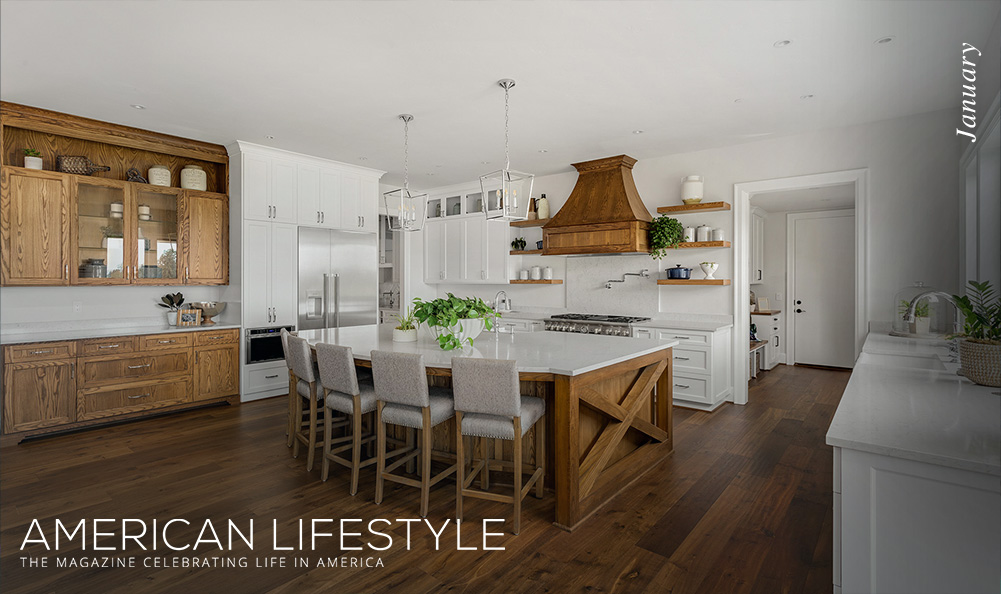When the less-daylight blues and postholiday slump threaten to start winter on a sour note, a winter vacation may be the perfect salve. Whether you are seeking out snowy-white sights, are eager to escape frigid weather, or simply wish to explore a new setting this winter, here are six treasured destinations to consider.

Do you need some sun this winter? The charming desert resort town of Palm Springs, California, could be your ticket out of the cold. This midcentury-modern desert paradise, a longtime favorite of Hollywood celebrities, welcomes architectural fanatics and fashion aficionados alike. Palm Springs’ hot climate and dramatic desert aesthetic are rife with spas and luxury hotels. It’s also a wonderful shopping destination thanks to antique stores, holistic medicine shops, and thriving plant nurseries.
Book local activities in advance, like the Modern Tour, where you can see the ritzy vacation homes that belonged to the likes of Elvis and Elizabeth Taylor. Then explore this town’s vibrant nightlife, which includes nightclubs and lounges with desert views. Of course, the desert nights can be cold, especially in the winter, but those venturing to town from snowy climates could easily shrug off the desert air as relatively crisp. If you’re craving outdoorsy adventures, explore the foothills of nearby Mount San Jacinto or make a short drive to Joshua Tree National Park, a quirky wilderness of unusual trees.
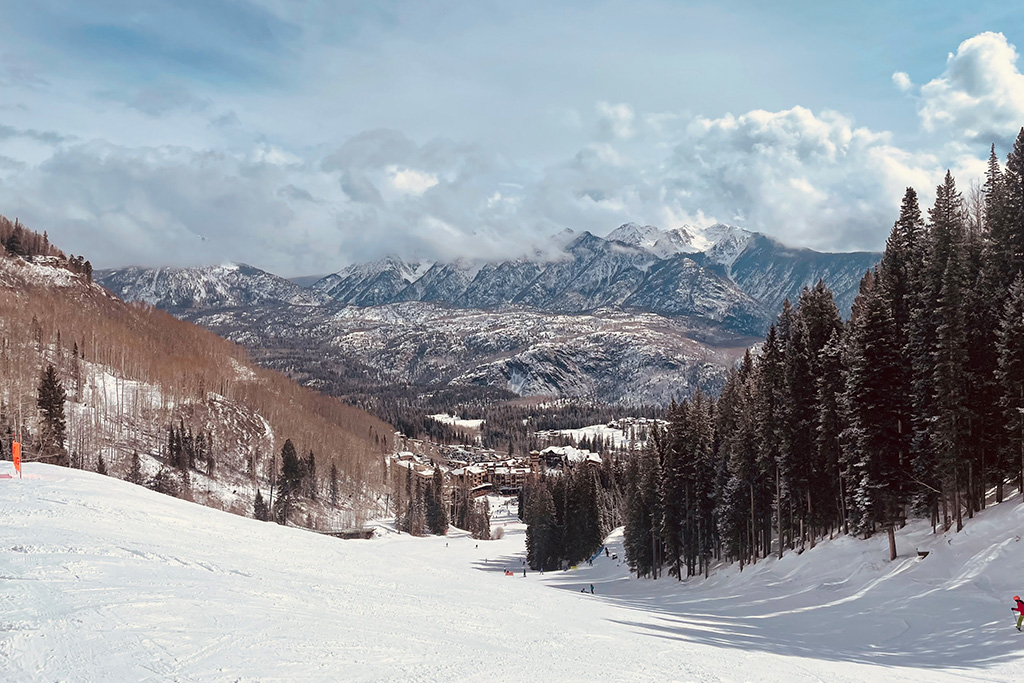
In the heart of the Rocky Mountains sits Durango, Colorado, a picturesque Old West town that’s certainly more laid-back and approachable than other Colorado ski resort towns like Aspen and Vail. Its 1800s Main Street architecture feels like a glimpse of the past, while ancestral sites of the Pueblo people in nearby Mesa Verde National Park have helped the park be honored as a UNESCO World Heritage Site.
If the thrill of skiing has motivated your winter trip, the daring Purgatory Resort offers year-round sports activities. In contrast, if you’d prefer to gaze at the mountains from the safety of a comfortable cabin, consider riding Durango’s steam-engine locomotive, the Cascade Canyon Winter Train. This unbelievable tour climbs up the San Juan Mountains, offering expansive views of forests, valleys, peaks, and the Animas River.

An ancient and vibrant city, Santa Fe seamlessly bridges Pueblo, Mexican, Spanish, and Old West American cultures into a melting pot of excellent cuisine and rich art. Stay cozy indoors at local attractions like the Georgia O’Keeffe Museum, which hosts one of the largest collections of this esteemed artist’s work, and the IAIA Museum of Contemporary Native Arts, which features ongoing work by today’s Native artists in unexpected styles. Be sure to shop for handmade crafts like turquoise jewelry, rugs, and pottery made by local artisans in the Santa Fe Marketplace.
For skiing, snowboarding, sledding, and other winter sports, head just over an hour north to the resort village of Angel Fire, where Pueblo influences and an active arts scene accentuate crisp mountain views. If you’d like to try your hand at a different kind of thrill, stop by one of the local casinos like Buffalo Thunder resort.

Those in pursuit of fine art activities need to look no further than Chicago. This world-class city is home to spectacular architecture like the Willis Tower—which broke records as the world’s tallest building when erected—and the iconic Chicago Theatre. The Field Museum features a façade as impressive as its educational and inspiring exhibits. Even nearby Soldier Field, which you can tour, is well-appointed!
Chicago also offers numerous breweries, Michelin-star restaurants, and coffee shops with outstanding views. Other must-sees include the legendary artwork inside the Art Institute of Chicago, which displays famous paintings such as Grant Wood’s American Gothic.
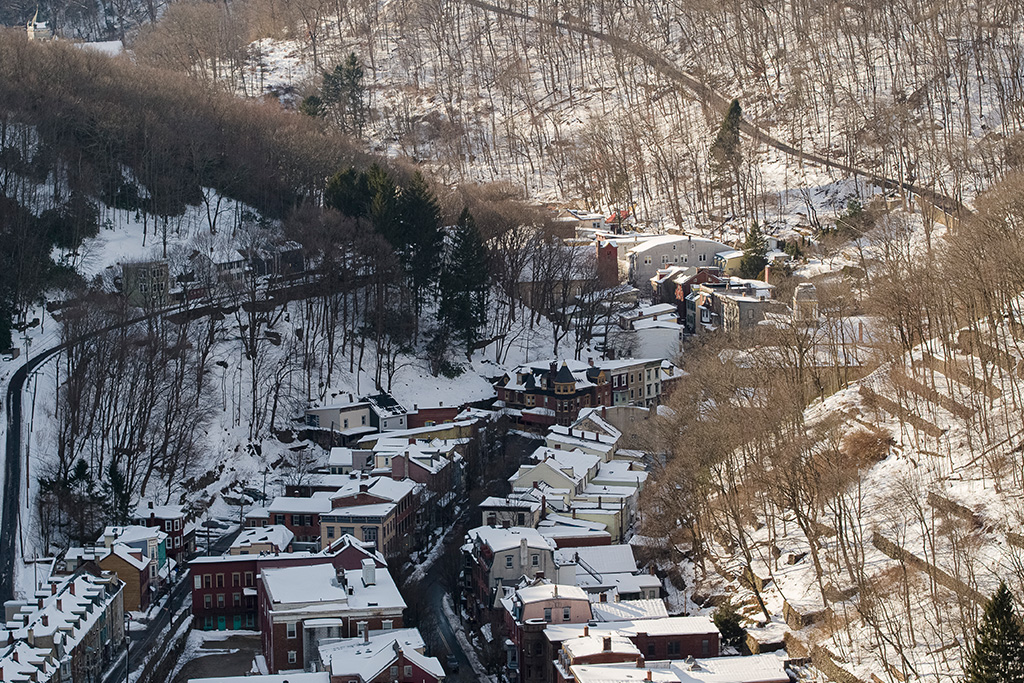
A favorite of many northeasterners, the Pocono Mountains region—often referred to as “the Poconos”—isn’t necessarily one destination but rather a constellation of quaint towns among forested mountains. There are countless lodges, cabins, and small hotels to visit, as well as large resorts with warm winter amenities like spas.
Enjoy hikes or snowshoeing along some of the 150 lakes and several waterfalls throughout the Pocono Mountain region, or try one of the 155-plus ski trails that range from peaceful to exhilarating. You can even go snow tubing if you prefer low-stakes winter fun for young travelers. The Poconos are a must for adventurous travelers who want to experience a variety of winter sports throughout a breathtaking mountain range.
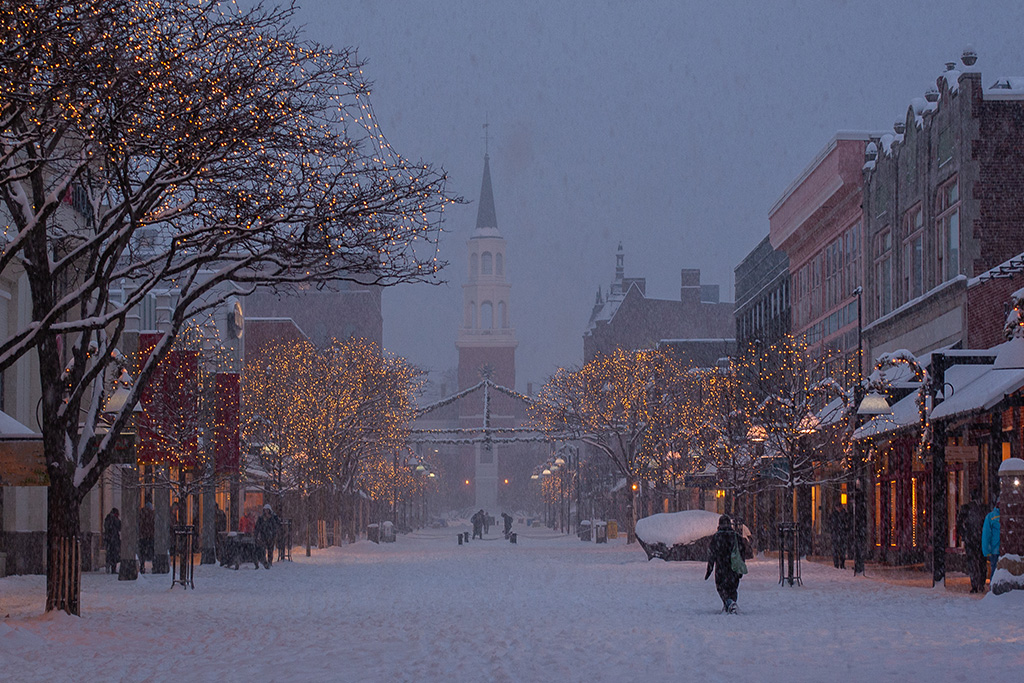
Less than an hour from our neighbor to the north, Burlington is a small city of big opportunities. Its charming, red-bricked downtown hosts breweries and boutique shops aplenty, and the Church Street Marketplace is the perfect avenue for a winter stroll.
Learn about Burlington’s rich history of snowboarding at the Burton factory, and then take to the slopes at the nearby Bolton Valley Resort. Burlington also happens to be the home of Ben & Jerry’s Ice Cream. Be sure to visit and relax in a warm, heated parlor and enjoy their beloved flavors.
It seems that when we think of home improvement, we usually think about spring and summer. Maybe it’s because we associate wintertime with hibernation and hunkering down, while spring is associated with nesting and spring-cleaning and summertime with yard maintenance and gardening.

However, there may be no better time of year to improve your home and add to its value than winter. Here’s why:
If you’re considering a wintertime home-improvement project, you may be wondering which ones will provide both aesthetic merit and potential resale value. The National Association of REALTORS® (NAR) Research Group 2022 Remodeling Impact Report offers exceptional guidance to help you determine the approximate percentage of cost recovery for some of the most popular home-improvement projects.
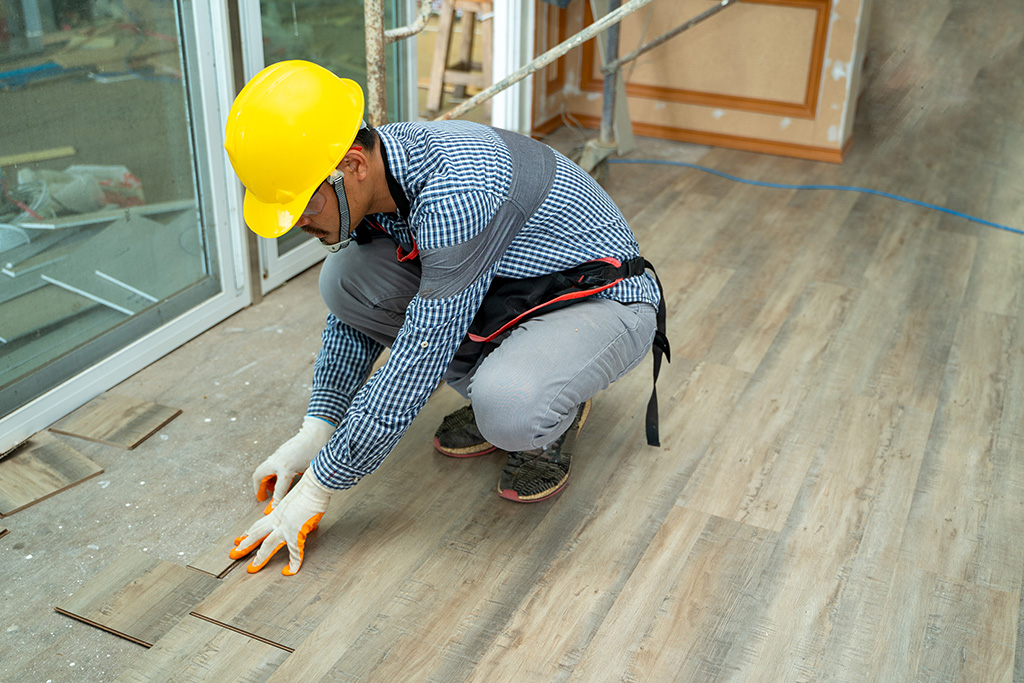
Below you’ll see some of the home improvements that add the most value according to the report, along with the percentage of cost recovery they calculated. This list includes projects that work best logistically in winter.
Hardwood flooring refinishing (147 percent) or installation (118 percent)
Winter is an especially good time to work with hardwood flooring due to lower humidity, both inside and outside your home. This results in fewer gaps in the wood itself and less drying time for the adhesive and sealants used during the installation and refinishing processes.
Insulation upgrade (100 percent)
It makes sense that an insulation upgrade would be popular in winter, but the good news is that it can pay dividends all year long, improving the ability of your home to stay cool in summer as well. This also makes it ideal as an upgrade for homes in any market, regardless of weather conditions.
Garage door replacement (100 percent)
This is a relatively simple upgrade that can pay dividends, especially if you are considering selling your home within the next few years. In addition, if you have a front-facing garage door, you’ll be improving your home’s curb appeal appreciably for minimal financial outlay.
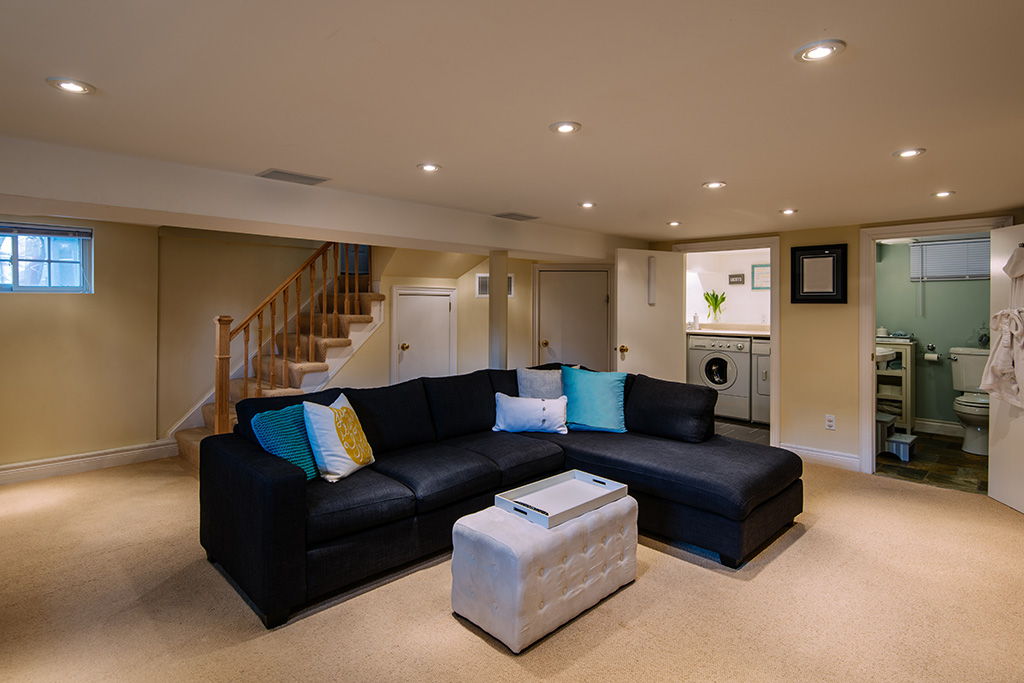
Basement conversion (86 percent)
Because of the lower relative humidity in the winter—assuming that your home does not have a history of water intrusion or mold—it is a good time for a basement conversion. The value added by a finished basement can be substantial, especially if you are adding bedrooms and bathrooms, which can tremendously boost your home’s appraised value. In addition, you can add rental potential or a multigenerational living space for ongoing increased value.
Closet renovation (83 percent)
A closet renovation offers many benefits. First, it’s a manageable change, since it can be easily accomplished in a day or two, even as a DIY project. In addition, it offers a significant day-to-day improvement in the way you live your life. Unlike a behind-the-wall improvement, such as insulation, this is something that will spark joy multiple times a day for as long as you own your home.
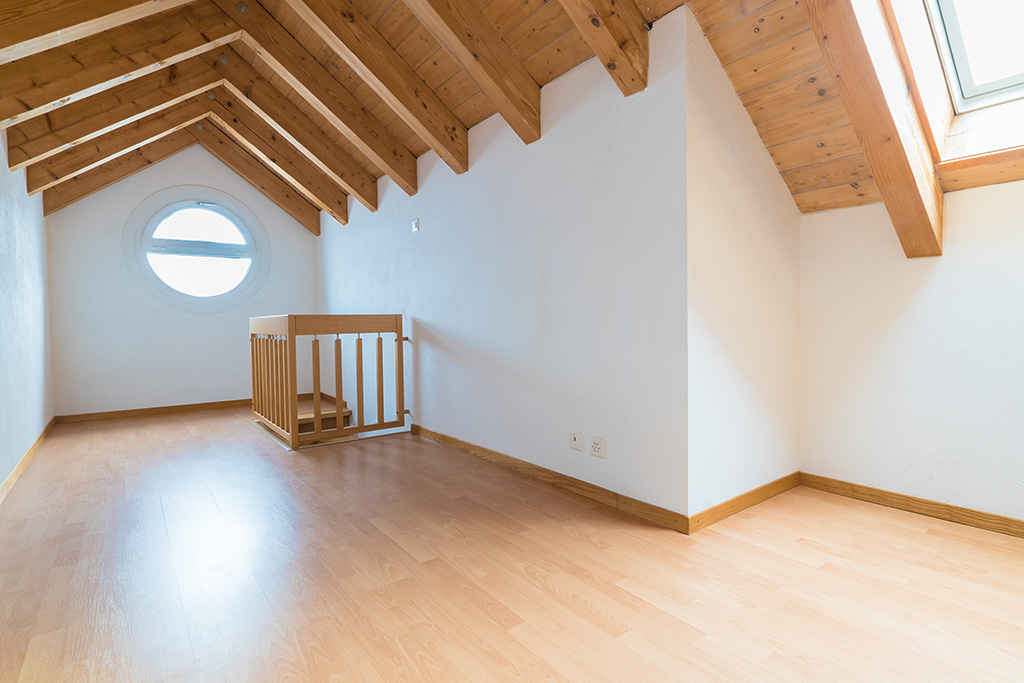
Attic conversion (75 percent)
Like its basement counterpart, an attic conversion can make a big difference in the appraised value of the home by increasing the finished square footage. On top of that, adding insulation to an area where a great deal of heat and coolness is often lost can save you considerably on your energy consumption.
Kitchen (75 percent) or bathroom (71 percent) renovation
Kitchen and bathroom renovations are two big-budget, big-impact improvements that you think of when you consider adding value to your home, and wintertime can be a perfect opportunity to undertake them. Consider a seasonal rental somewhere warm while the former work is being done, and then come home to your brand-new, picture-perfect kitchen.
A bathroom renovation can increase your home’s value and marketability to potential buyers in your area. Make it part of a primary suite or retreat makeover along with the closet renovation to maximize its bottom-line impact.
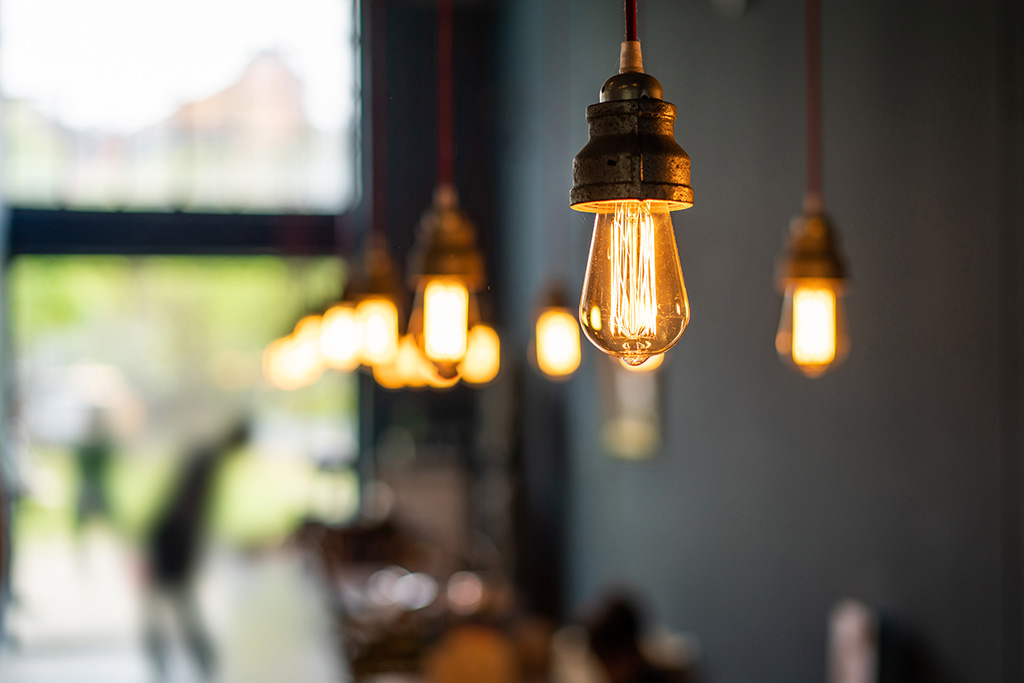
Any of the aforementioned upgrades will improve the look of your home, elevating its overall appearance and potential value. If you’re planning to sell your home this spring, your real estate agent will recommend many of these improvements before you list.
You don’t have to wait for springtime to start cleaning, organizing, and freshening up the look of your home. There are so many ways you can improve its appearance and livability, even during the long winter.
You don’t need a million ingredients or a complicated recipe to create delicious and filling dishes. In fact, the best recipes are often made with staples you already have in your kitchen. These recipes from The Art of Pantry Cooking show that simple can be just as satisfying.
Tired of the same old oatmeal for breakfast? This variation uses farro—a nutrient-dense grain—and plenty of spices to help you start your day on the right foot.
If you’re looking for a warm and satiating recipe to enjoy this winter, look no further. This wholesome and hearty pork dish is the ultimate January comfort meal.
© The Art of Pantry Cooking by Ronda Carman, Rizzoli New York, 2022. Photography © Matthew Mead.
recipe by ronda carman
photos by matthew mead
Composed of sautéed apples with a sprinkling of cinnamon, dried cranberries, and farro, this breakfast bowl is delicious either warm or cold and can also be enhanced with a splash of oat milk. Or you could do as my husband does and spoon it over vanilla ice cream.

Serves 4 as breakfast

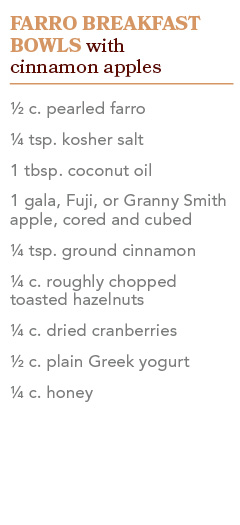
recipe by ronda carman
photos by matthew mead
Savory pork with creamy polenta that absorbs the juices of the meat is pure comfort food. Enjoy a warm bowl and a glass of Chianti in front of a roaring fire with friends.

Serves 6 to 8 as a main course
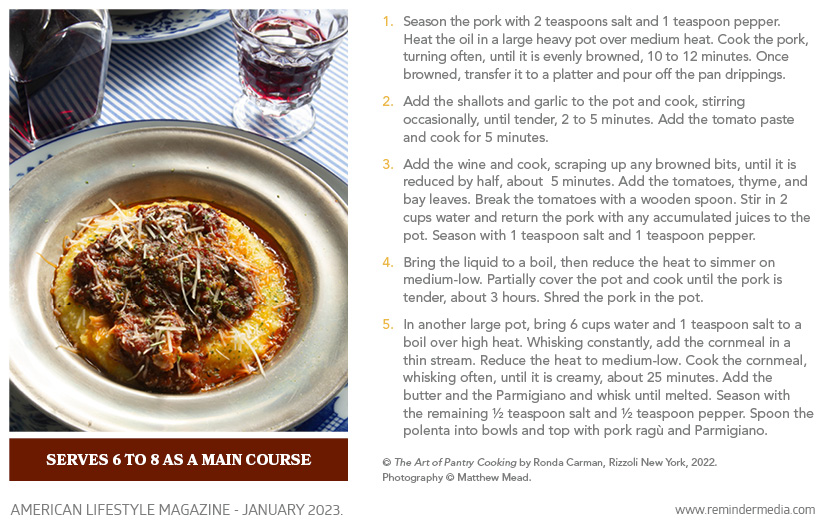
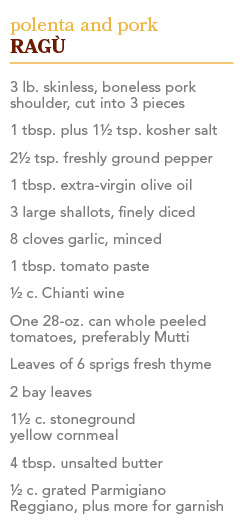
Art is a wonderful way to add personality, color, and visual interest to your living spaces, but because it can come with a steep price tag, you want to ensure that you’re going to be satisfied with the pieces you collect for a long time. Whitney Forstner, the founder of art-curation company INTO/ART, offers advice for those looking to find the right art for their homes.
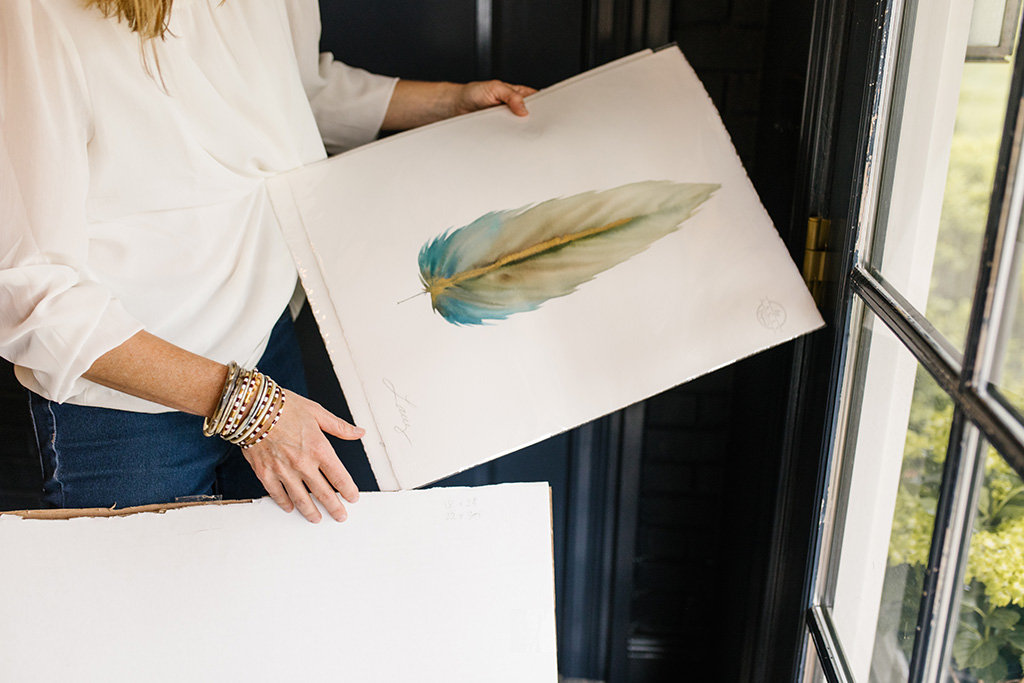
What is a good starting point for finding art?
I always ask my clients what in life is important to them, and we can find ways to represent that in art. If they love the beach, I know they like blues and greens. Or if they love rock and roll, that interest gives me a sense of the vibe they like. These life interests can create a connection for you to the art that you’ll love now and later in life. And when you enter a space, ask yourself what you see and where your eyes are resting. That can help you prioritize a wall or another specific area first.
How does art differ from room to room?
Every space in a house not only has a unique personality that requires a different type of art but also a function that requires different styles. Depending on your decorating style, the living room is where you could hang something large and more traditional, whereas, in the kitchen, I encourage people to be more spontaneous and have fun. You could have a surprise piece of art that doesn’t necessarily go with the rest of your house. But in kitchens, you need art that’s more resistant to smells and splatters and won’t absorb substances like canvas does, so we recommend pieces behind glass or with a durable finish like resin that you can easily wipe down without damaging it.
For bedrooms, we want to help people take it down a notch and find calmer pieces for their walls. Since color can have a huge impact on the feel of a space, something calming, like a painting with blue or green, will mirror the nature of the room. I don’t recommend a lot of oranges and reds since they increase energy, which is typically counterproductive to the nature of the bedroom and can make the room feel off. You might not know why you feel good or bad in a space, but it’s the combination of the furniture and the art that can make you feel that way.
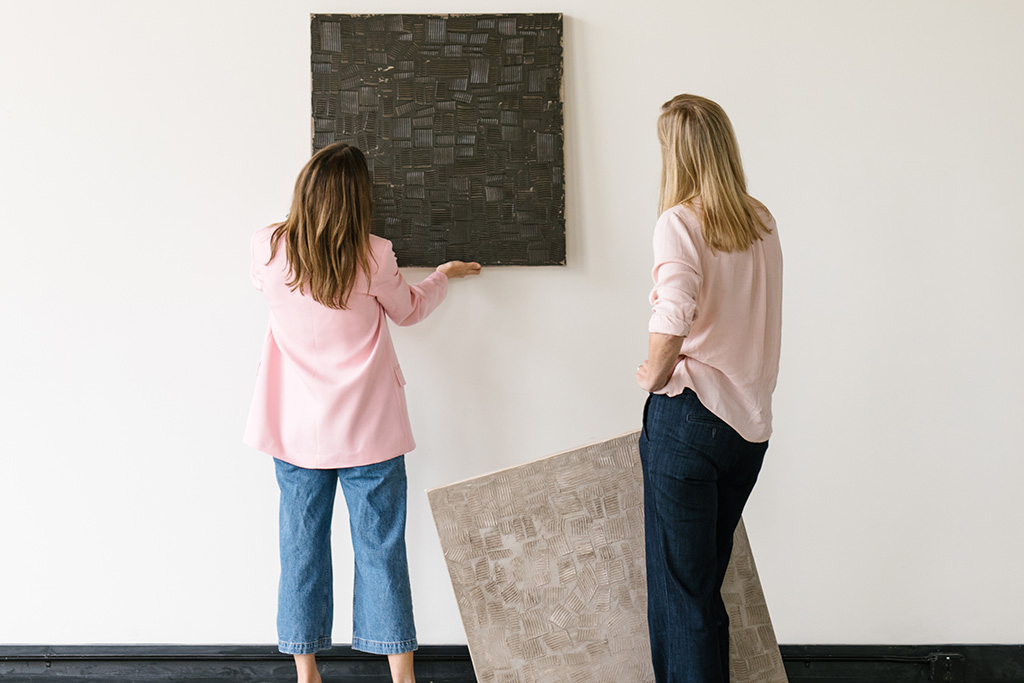
Where should people shop for pieces?
You should first shop locally for art created by artists in your city. You can go to their studios to see multiple pieces and get a sense of the scope and scale of their art. Artists will often let you take art out on approval, which is a trial process where you can temporarily hang a piece in your home before purchasing it. So if you see something from an artist that you’re interested in, don’t be afraid to ask if you can take it home and try it in your space.
You can also find artists from all over the country through Instagram and Etsy. If you find an artist you like, you can look at who they are following, and it might expand your visual network. Once you find something online, I recommend printing out the piece, or some version of it, and holding it up on your wall. While it’s not a perfect rendering, you can get a sense of what direction you want to go. You can also cut out cardboard and see the differences between the sizes of art on your walls. This gives you get an idea of the scale of a piece, and it’s one data point you can use to find pieces online or at an art gallery or shop that will fit your space.
What do you recommend for people with lower budgets?
Buying art doesn’t always have to be expensive. There are amazing opportunities to find art that speaks to you at every price point. For example, if you find an emerging artist who is practicing their craft, they’re experimenting and figuring out their style. So buying art from those budding creatives is a great way to support an artist whose price point might be more attainable.
If you’re afraid that you don’t have enough money to buy a big piece, just wait. It’s better to save your money for the right one than it is to fill a wall with a lot of little things. However, the more expensive pieces are awesome and acknowledge the expertise of the artist and their journey to become the artist that they are.
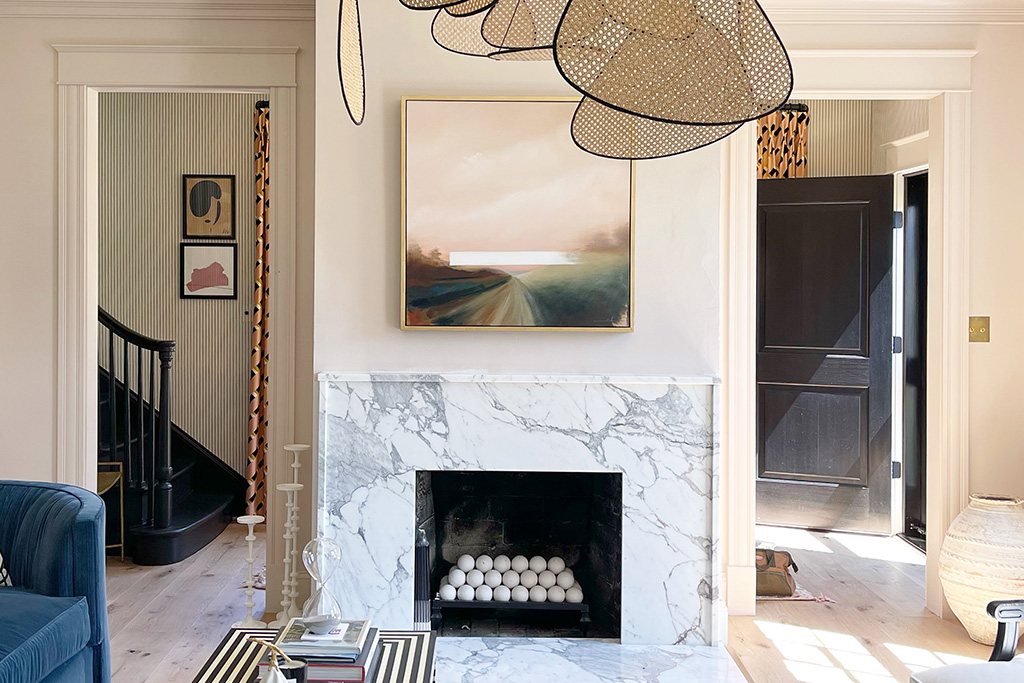
Since art can be an investment, what do you do if your design style changes?
The art you buy should evolve with you. I always make sure that a piece of art can fit in multiple places in a home. If it no longer needs to take primary residence in your living room or dining room, find another place for it. Put it in a kid’s bedroom, a bathroom, or even a closet. It can still be visually interesting without being the primary art in your home. If you’re spending the time early to buy artwork you’re drawn to, you’ll always find a place for it. You will still want that memory somewhere in your home.
What advice do you have for people looking to start a collection?
Be patient and comfortable with blank walls. You don’t want to rush into making a purchasing decision. I see people rushing, and they end up either not buying the right artwork or regretting the purchase later. When you are patient, the right thing will show itself. You can find pieces that make you feel something and bring character and joy to your spaces.
Just remember that there are no wrong decisions and answers when it comes to buying art. Art is very personal, and it’s what makes each person’s house their home. We could have the same sofa, wall color, and pillows, but it’s the art that differentiates our homes. It has to do with what you like and how you want your spaces to feel. If your art collection takes shape and holds meaning for you, then that’s what matters. When it has a real connection to who you are, it changes the room and can make you light up when you’re in it. That’s the beauty of art.
For more info, visit intoartcreative.com.
